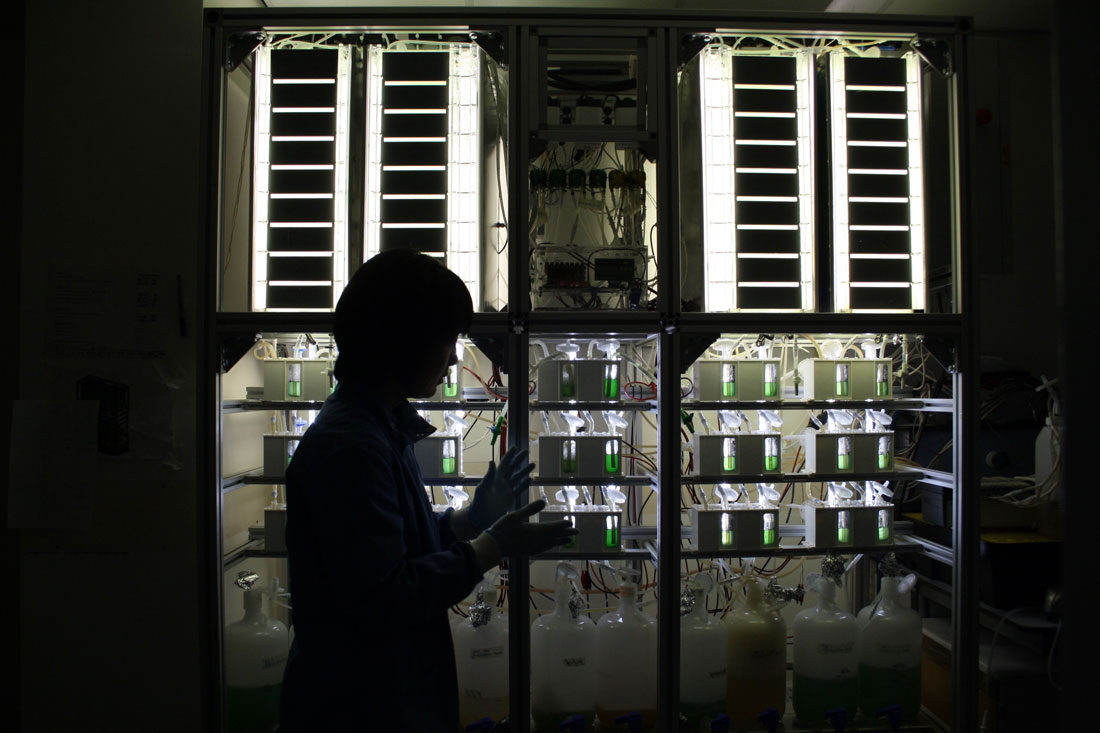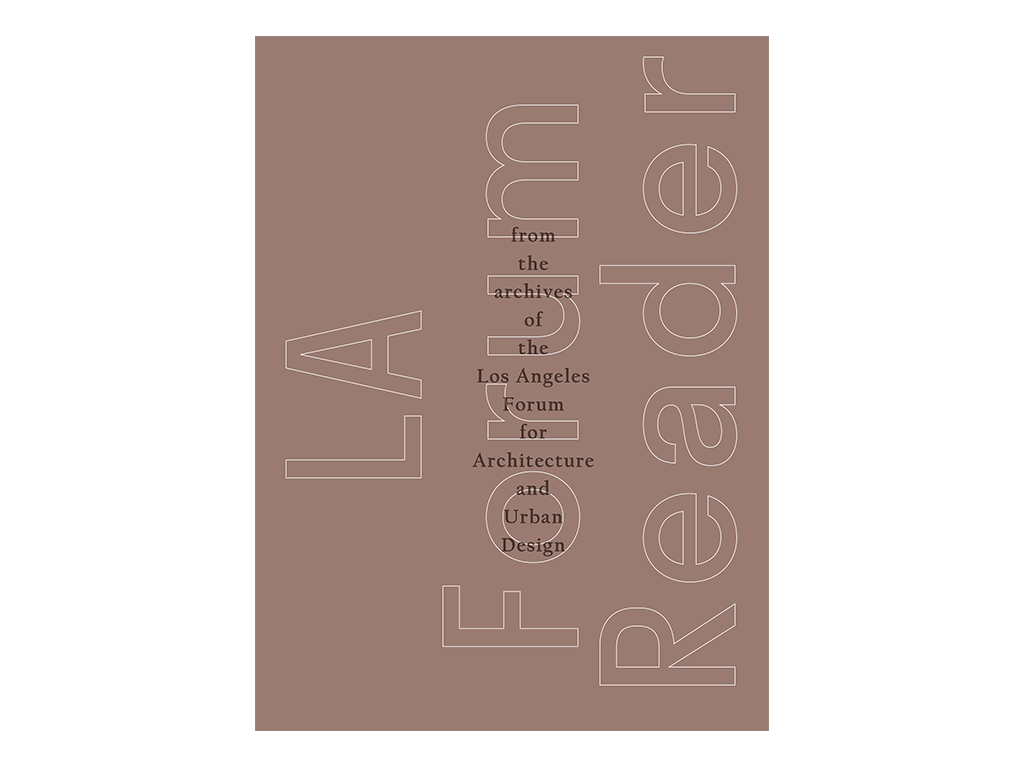Konstantin Tsiolkovsky observed that the “problem” of biology, rather than engineering challenges, would be key to settling spaces beyond the Earth.[1] Drawing on Bruno Latour’s notions of Earthbound [2] and geostory [3][4] I investigate the potential for terrestrial life on alien worlds and the planetary-scale forces that travelers, settlers, and colonists will need to overcome to achieve this aim. Providing an alternative reading of life in space than the present inescapably anthropocentric and terrestrial view of reality, alternative scenarios—such as directed panspermia and the Living Architecture project, which involve spatially and temporally “programming” the metabolism of microbes using a range of technological apparatuses from bioreactors to space probes—are proposed that engage with the physics, chemistry, and potential life-forms that may render space a fertile terrain for alternative kinds of life and modes of inhabitation.
To begin at the end, our Sun, which nurtures life on Earth, runs out of nuclear fuel within the next five billion years—but long before this, our world will be uninhabitable. Stephen Hawking predicted that, given the substantial increase in frequency and intensity of various climate extremes in recent decades due to global warming, our world is unlikely to sustain us for longer than one thousand years. Even if we are able to turn around the malignant forms of industrialization and natural-resource consumption that stoke our present ecological crisis, the Laboratory for Dynamic Meteorology in Paris suggests that we have around a billion years before our world is no longer viable. The critical question here is not simply the fate of humanity but the deep future of terrestrial life. At some point —in the near or longer term —we will have to find another habitable planet if we value life on this world enough to find a way to survive,[5] but in settling extraterrestrial realms, Konstantin Tsiolkovsky’s observation needs to be heeded —that the “problem” of biology must be “overcome.”[6] In so doing, it is pertinent to consider the present state of the art in off-world life support. The International Space Station is a “machine” that, since 2000, has enabled a varying community of people to live and conduct experiments in low Earth orbit, 400 km above the surface of the planet. Despite providing protection from the vacuum of space, it requires a constant supply of terrestrial resources and cannot fully preserve human biology owing to environmental perturbations such as microgravity, altered circadian rhythms, and radiation, which produce measurable, cumulative effects on the human body like changes in bone density, visual impairment, neurological syndromes, and alterations in gene expression.[7] While the human inhabitation of space is a very different kind of challenge than dwelling on Earth, we nevertheless transpose our known principles of terrestrial settlement and geostory, “as if” we were inhabiting a life-bearing planet, because this is what we understand works.
Courtesy The Living Architecture project
The most fundamental challenge faced by all human space explorers, however, is that the assumptions that support life on Earth do not apply beyond it. Far more concerning than being unable to preserve our personal biology in hostile environments is our overall inability to recognize and support the ecosystems that make the world livable. As beings on a planet that supports life, these unique processes are mostly invisible to us and their strangeness assumed to be “constants.”[8] Regardless of “sustainable” intentions, the net effect of our constructed habitats—which include an entire assembly of atmospheric, ecological, and biological systems—and the way we occupy them significantly contributes to the widespread collapse that presently characterizes the third millennium.[9] This is further undermined by our general tendency to simultaneously undervalue and overconsume the smallest, weakest units of the global fabric that make life possible —from ecosystems to civilizations , modern progress is an irrefutable process of ecocide.
All this mirrors the collapse of food chains, glaciers, and oceans, too, in a way that’s impossible to unsee once you’ve seen it. Collapse from the bottom up. The insects die off first. The glaciers melt from the bottom. The oceans warm fastest. In society, the poor die off first. The most vulnerable are hit the hardest and impoverished the fastest. The inner mechanism of bottom-up collapse is this: the most defenseless things — whether they’re animals, people, rivers, or rocks — are torn apart fastest and most ruthlessly. But the result is not prosperity and triumph. It is depletion. Ruin. Implosion.[10]
Through site-specific, life-promoting practices, however, we can work alongside and value the weakest agents that constitute the very fabric of our ecosystems and societies by building livability into habitats from the bottom up —not as a practice of designing and engineering individual buildings or structures , but through a holistic process of world-making, or worlding,[11] which marks an Ecological Era of human development.[12]
While we presently choreograph elements within an already life-bearing world within which humanity is a single constituent species, it does not follow that terrestrial ecosystem ingredients such as plants, soils, water, and organisms can be seamlessly transplanted into alien sites and inevitably knit themselves together to become an “ecology.” Although terrestrial terrariums,[13] which are colonized by autotrophic organisms like plants or algae, can make their own food from sunlight and survive effectively untended for decades, this does not apply to larger or significantly more diverse ecosystems, where the myriad interactions between the co-constitutive bodies generate outcomes that are almost impossible to predict, fathom, or replicate.[14]
Such gaps in our understanding of ecosystem design were underscored during the Biosphere 2 experiment in Arizona during the early 1990s. This self-sustaining replica of Earth’s ecosystem hosted two crewed human missions to investigate how long they could be sustained in a “closed-loop” environment. In the first mission, which took place between 1991 and 1993, a crew of eight biospherians were sealed off from the rest of the world, practicing advanced sustainable lifestyles that were scientifically monitored. Nonetheless, tipping points in atmospheric carbon dioxide concentration were reached, so composting was stopped to preserve oxygen levels. Consequently, the soils collapsed, resulting in a catastrophic loss of biodiversity. Eighteen months into the project, the system was uninhabitable.[15]
Recapitulating the established hierarchies of specific “biological objects” alone does not make an ecosystem. Something “else” is needed to facilitate the persistent “global” material dynamics that characterize our biosphere. These principles fall beyond the dominant narratives about how life “works,” narratives framed by the “central dogma” of biology. Here, DNA is cast as playing a “strong” role in providing instructions to RNA molecules, which pass them on to proteins in a sole unidirectional flow of information and command —from the strongest to the weakest. DNA is responsible for coordinating all the functions of life and making sense of the organization of organic molecules, within its specific boundaries of influence, prioritizing the biological “object” over the soft forces that shape the metabolic exchanges that make matter lively.[16] In practice, life is permeable to its surroundings, being neither entirely determined nor wholly at the whim of random processes; rather, it is constantly negotiated —or “worlded” —within its specific context.[17]
After many years of trying to genetically reprogram environmental bacteria for release as agents of in situ bioremediation of toxic pollutants, Victor de Lorenzo decided that the interplay between genetics and metabolism is like that of politics and economy. Proposing that metabolism is the economy of living systems, which comprises all the networks of chemical transactions that are essential for life, he suggests this enabling milieu ultimately decides whether or not a given genetic program, or political decision, can be deployed. Metabolism therefore establishes which molecules can be exchanged to carry out the specific “motives” of the organism encoded in its DNA.[18] This is so important to bacteria that their evolutionary “drive” is enabled through the expansion of their metabolic networks toward new chemical landscapes, rather than by spreading their DNA sequences.[19] From a microbial perspective, the propagation of metabolism may be considered a technological infrastructure that enables its highly plastic genetic sequences to be effectively deployed across varying sites in response to changing contexts. While microbes are not usually imagined as world-building agencies, they formed the first communities that collectively generated the conditions that made early Earth livable. We will turn to their ability to manipulate the world through their metabolism, as a means of enlivening places.
When developing a test for NASA that could establish whether a planet was life-bearing, James Lovelock compared both the Martian and Venusian atmospheres to that of Earth. While our planet’s nearest neighbors were in chemical equilibrium, Earth’s atmospheres were characterized by the presence of two types of gases that theoretically should neutralize each other —namely, reducing gases, such as methane, coexisting alongside free oxygen —yet they did not.[20] Lynn Margulis proposed an “active” organic cause for these findings, where microbes were capable of atmosphere-making, since ancient cyanobacteria in massive formations were known to be responsible for changing the early Earth’s reducing atmosphere to an oxidizing one through the process of photosynthesis.[21] Chemical disequilibrium in an atmosphere was therefore indicative of life. Today, the descendants of early microbes comprise a heterogeneous “fabric” that is made up of more than 1030 cells, which span a trillion species,[22] possess a biomass of roughly 1017g,[23] and constitute an active terrestrial-scale metabolic platform.[24]
The ability of microbes to transform inert worlds into life-bearing systems was also noted by Iosif Shklovsky and Carl Sagan in 1996, as well as by Francis Crick and Leslie Orgel in 1973; they suggested that terrestrial organisms were catalyzed by the arrival of alien “seeds” that landed on the surface of early Earth —a process called panspermia. Turning these principles toward a technological goal, Crick and Orgel proposed that directed panspermia could, through human design, deliberately disseminate life throughout the universe.[25] While the approach is somewhat hit-or-miss and chances of success are low, any successful payloads would enable humankind to increase the spread of organic life by altering the composition of habitable planets so they are compatible with Earth’s DNA/protein organisms. Michael Mautner and Gregory Matloff characterized the necessary “seeds” as diverse microbial payloads with various environmental tolerances, proposing that they could be sent in robotic capsules toward new solar systems, solar nebulae, and star-forming interstellar clouds.[26] On landing, the microbes would be released and their metabolisms would transform potentially viable alien landscapes into fertile planets, capable of hosting advanced terrestrial life-forms.[27]
Microbial metabolisms need not be deployed in a scattergun way but can be curated to address specific aspects of how we live and work.[28] Such possibilities are explored in the Living Architecture project, which reduces the uncertainty deployed in directed panspermia by choreographing a specific metabolic sequence of microbial events. Specifically, it aims to generate a domestic “economy” from liquid waste —namely, urine and gray water as the currency recognized by its constituent microorganisms.[29] Taking the form of a modular “wall” system, which is about the size of a large bookcase, it is suitable for installation in a bathroom, kitchen, or spacecraft. Each of its stacking “brick-like” components houses a specific colony of microbes that produce desirable metabolites. Two basic metabolic types of microorganism are employed. One is anaerobic, which constitutes a composting process that can be harvested for electricity, water, and oxygen. When stand-alone, it is known as a microbial fuel cell —a kind of battery that is powered by organic matter.[30] The other is a photo-bioreactor, an autotrophic system that uses the photosynthetic power of tiny green organisms (algae) to trap sunlight and carbon dioxide to produce solid biomass. The main challenge of the project is how these systems are brought together so that their products mutually support each other through various transactions. Modules can be spatially sequenced, stacked together, and biochemically “programmed” to form metabolic “apps” that comprise a variety of desired domestic products— specifically, electricity, inorganic phosphate, polished water, oxygen, heat, and biomass, which can be used as compost. This metabolic integration of microbes changes the very notion of “waste” because the outputs of one system can be used directly by another, generating a “cyclical economy” of matter by linking the cycles of life and death. The iterations of these processes are not entirely “circular” but receive light from an external source, which enables them to respond to input variations in different ways.[31] Marking a step change in technological robustness in integrating household resource and waste streams, Living Architecture addresses fluctuations through its programmability, responds to the specific needs of inhabitants,[32] and transforms our living spaces from sites that exclusively consume resources to regenerative sites. Within the context of a spacecraft or within a closed-system off-world biosphere, such an apparatus could provide the kind of resource recycling and regeneration functions that are presently performed by terrestrial soils. Specific metabolic “apps” could also be deployed to increase the chance of preferred biochemical reactions taking place through technologically mediated processes, rather than submitting to the laws of chance. In this way, space habitats could potentially evade specific resource shortages even with scant supplies or prevent ecosystems from reaching disastrous tipping points. By working with the smallest aspects of livability, their collective outputs summate to refresh the atmosphere, reduce the circulation of toxic compounds, such as nitrogen oxides, or make forms of edible biomass.
Reminiscent of those exchanges that took place between the first protolife, the biochemical webs of metabolic technologies, such as Living Architecture, increase the overall livability of a space through the genesis of myriads of “weak” transactions and processes. By recognising and identifying with the bacterial “bodies” with which we are deeply entangled,[33] an implicit relationship is struck between us and our intimate nonhuman communities within a new “economy of life,” which we will come to regard and value as natural extensions of our own existence. As the range of tools for “conversing” with microbes is expanded,[34] increasingly more creative and diplomatic approaches will unfurl the diverse potential of those “living” metabolisms in which we are immersed, which perform equivalent roles to our terrestrial soils. In this way, the very process of human development is entangled with “metabolic” worlding, using the “language” of (bio)chemistry to establish the principles for an Ecological Era that equally applies to activities on Earth and in alien environments. Since life is continually testing the limits of its existence, such processes are likely to be exploratory endeavors—including difficult negotiations with existing alien ecosystems. Success will not be defined by the triumph of an individual’s fitness, or selfishness, but through the creativity of mutual exchanges between organisms that enable each other to thrive. These first outposts will not be achieved by one dominant species or another but through establishing entire, initially fragile ecosystems. Such alliances will define the character of the new Earthbound, strengthened by enabling metabolic networks that generate the necessary resilience to support communities of many species of terrestrial settlers (e.g., people, microbes, trees, pollinators) in new worlds. Over time and with technological assistance, metabolic economies and landscapes will diversify to increase their resilience and generate the nature of organisms in relationship to the terrains they inhabit. These reinforcements will include: linking the cycles of life and death; reformulating definitions of alien/immigrant/settler/colonist to celebrate diversity rather than establish hierarchies of order; developing an ethics concerned with the propagation of terrestrial life and its appropriate relationship with alien life-forms; raising the status of a spectrum of “living” agents compared with biological systems that are typical of Earth, which may not meet the full terrestrial criteria for being “alive” but are essential to the community of “life” in alien environments [35]; paying due care and attention to soft and weak worlding forces; engaging the technology of metabolism to perform life-promoting “useful” work; developing appropriate, evolvable forms of diplomacy through which the terms of mutual co-inhabitation are established, where metabolism becomes a “universal” language that diversifies relationships rather than homogenizes them. By establishing a platform for evolving modes of meaningful exchange capable of drawing together different kinds of worlds, metabolic technologies will play a critical role in establishing empathy with nonhuman agents; learning nonhuman languages; accommodating the risk associated with probabilistic operations; appreciating the appropriate limits of material performance; anticipating tipping points of order; designing for change; dealing with unexpected transformation within systems; and evolving habitable spaces within specific locales, rather than installing universalized, ready-made objects-for-living-in. This necessary era of human development will not take place all at once, but its radical impacts will be effected and evolve through many persistent acts of settlement.[36] In these ventures and explorations, the technology (and chemical “language”) of metabolism will play a critical role in establishing the infrastructure for life, with impacts on how we design, inhabit, and reimagine how diverse life-forms can live meaningfully together in alien spaces. Many, like Biosphere 2, will not prove successful, but collectively they will both provide insights regarding the (re)settlement of the terrestrial sphere at a time of ecocide and open up new modes of exploration that engage humanity’s irreducibly problematic imperative[37] —to thrive beyond our home planet[38] and disseminate terrestrial life throughout the cosmos.













